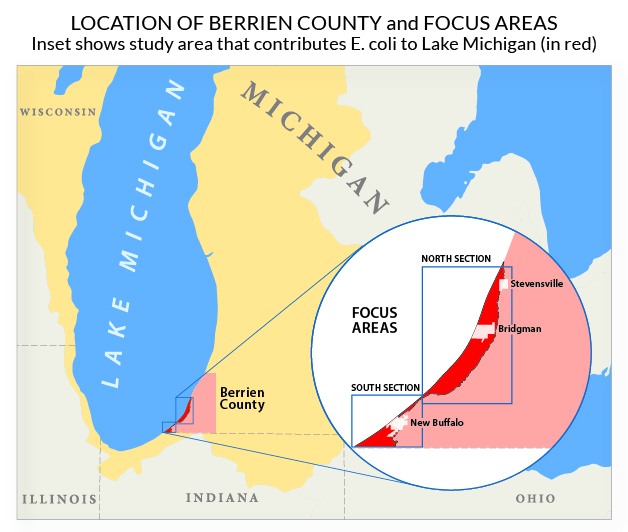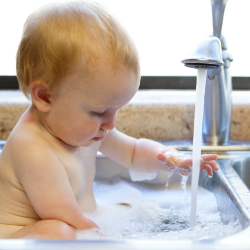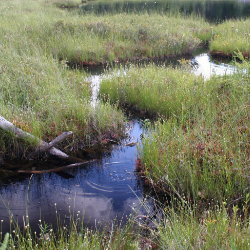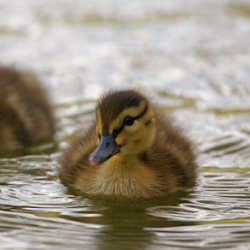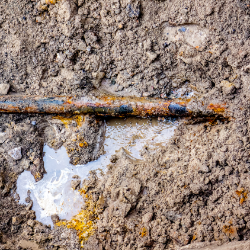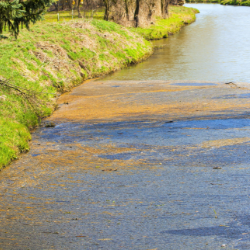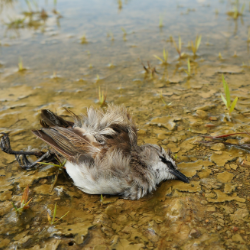Some stats about the area…
…putting multiple beaches at risk for E. coli
MORE DETAILS
In Berrien County, there are 14 small streams that drain the coastal area from Stevensville, Michigan to the Michigan/Indiana border. These small streams empty into Lake Michigan. The quality of the water in these streams directly impacts Lake Michigan and all private and public beaches along the coast. These streams carry the contamination from homes and businesses to Lake Michigan that result in beach closures.
Let’s follow the water’s path…
From homes or businesses, it is critical that septic and sewer systems don’t seep or leak into the ground. What’s in your septic can also end up in the running waters and the lake. That’s gross!
This whole area drains directly into Lake Michigan, emphasizing the absolute impact the inland lakes, wetlands, and streams have on the water quality where the streams meet with Lake Michigan.
ECOLOGY
The ecology of the watershed is critical for keeping our water clean. The area contains mostly natural land cover, with the greatest percentage being intact forest areas (40%), but also there are wetlands and lakes (11%) and sand dunes (5%). Along the Lake Michigan coast, there are 1,556 acres of wetlands; these wetlands provide critical wildlife habitat and filter water before it reaches Lake Michigan. Warren Dunes and Grand Mere State Parks have by far the largest acreage of the conservation and recreation lands in the watershed.
Upstream & downstream: cleaner water means better beaches
What we do upstream—in our homes and businesses—directly impacts our waterways and beaches downstream.
So, we ask ourselves; what do we want?
- Open beaches
- Safe water in our homes, streams, and lakes
- Healthy wildlife and fish
- Recreation
- Tourism dollars
- New businesses; thriving economy
- New home buyers
- Safe families and pets
- Diverse ecosystem unique to Southwest Michigan
- Wetland recovery
- Closed beaches (and waterways)
- Harmful pathogens in streams and Lake Michigan
- Unsafe rivers and streams
- Loss in local recreation
- Loss in tourism
- Loss in business revenue
- Home buyers seek alternate areas
- E. coli-borne illness to family and pets
- Extinction of unique wildlife & native plants
- Wetland loss
Sewer and septic systems affect water quality
The Water Cycle Is a Delicate Balance
SIMPLY PUT, THERE IS A LIMITED AMOUNT OF WATER THAT REPEATS A CYCLE
Surface water from oceans, lakes, rivers, streams, and wetlands evaporates.
Evaporated water is carried in the atmosphere over land where it cools and condenses.
This becomes precipitation, which falls as rain or snow onto land surfaces.
The land cover will affect HOW this water moves across the land; if the surface is permeable, some water will infiltrate (soak in) to become groundwater.
Groundwater moves from higher elevations to lower elevations, and often resurfaces in wetlands and/or streams and lakes.
The land topography and elevation will affect WHERE the water goes.
A watershed is all of the land that drains into a common body of water.
A watershed divide is the naturally occurring line where water drains to different areas.
Wetlands are areas where ground water and surface water collect.
Tributaries are small streams and creeks that lead to lakes and rivers.
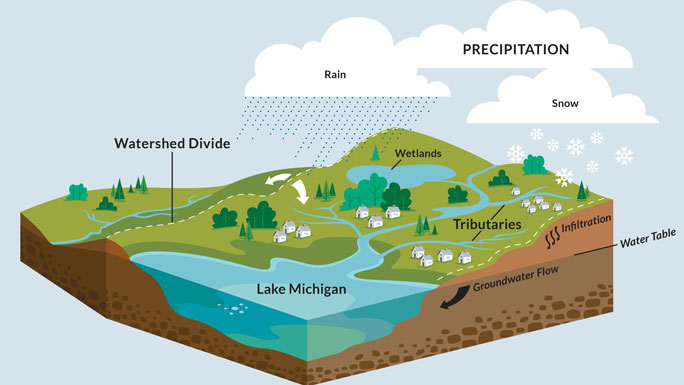
Human use of land and water impacts the health of the water system
Impervious areas (buildings, parking lots, and roads) and networks of ditches, pipes and storm sewers, which augment natural stream channels, can also have a significant impact on runoff and groundwater resources. Land use change can also negatively impact the already fragmented natural areas in this area.


